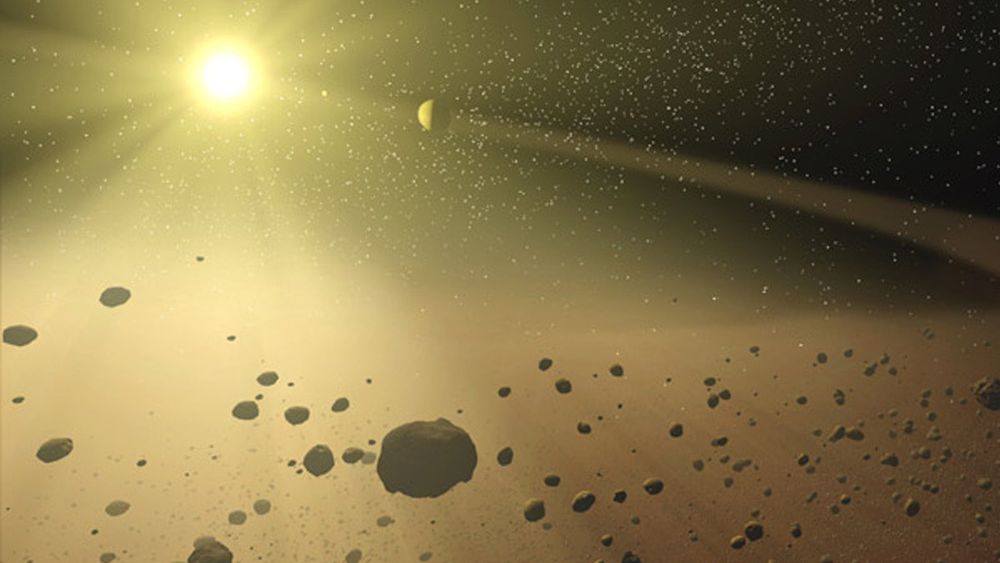Interstellar objects may have been attracted to Earth
2 min read
A new study used mathematical simulations to see if interstellar objects could pass through planets like Jupiter and Earth, and the conclusion was that perhaps they really did. The problem is, maybe they’re already gone, or even worse, they just haven’t survived.
If interstellar objects (or ISOs) like “Oumuamua and Comet Borisov have visited us in recent years, it is very likely that many of them have already done the same – after all, the solar system is already more than 4 billion years old.” At the back “.
To get a true estimate of the chances of IOSs being captured by Earth’s gravity, the team created numerical simulations where each particle represents a possible interstellar object on a different trajectory, but all originating outside the solar system.
Objects can enter at different points in the solar system, being captured by the gravitational pull of the Sun, Jupiter and Earth, in different ways combined. Furthermore, the ISO speed and acceleration gained as it approaches the sun or planet are crucial in determining its destination after passing.
It is also important to consider that the sun, although it is the largest body in the solar system, is not the only influence even among the bodies orbiting the star; In some cases, the masses of the planets are also important.
After several simulations to compare ISO captures by the Earth-Moon and Jupiter systems, the study authors identified some trends in particle travel. It is not surprising that Jupiter affects the orbits of objects much more, but the novelty of the study is the estimate obtained: a factor of 10^4 compared to that of the Earth and the Moon.
It has also been estimated that the greatest chances are that the ISOs will be captured by the Centaurus asteroids, rocks with orbits between Jupiter and Neptune. Unfortunately, previous searches did not find any candidate interstellar objects in this region.
While the chances of ISOs being captured by the ground are less, they are still there. On the other hand, their orbits will be very unstable, that is, they will not stay close to us for a long time, leaving the solar system or assuming another, longer orbit.
The good news is that there was a huge advantage to the ISOs captured by Earth: In simulations, they had a survival rate two to three times higher than those captured by Jupiter. Soon, some of them — or many more — could be found by the Vera Rubin Observatory, which is scheduled to begin monitoring in 2025.
The study has been published in arXiv.org It awaits peer review.
source: arXiv.org; via: the universe today

“Entrepreneur. Music enthusiast. Lifelong communicator. General coffee aficionado. Internet scholar.”

:strip_icc()/s04.video.glbimg.com/x720/11792055.jpg)

:strip_icc()/s03.video.glbimg.com/x720/11786998.jpg)



